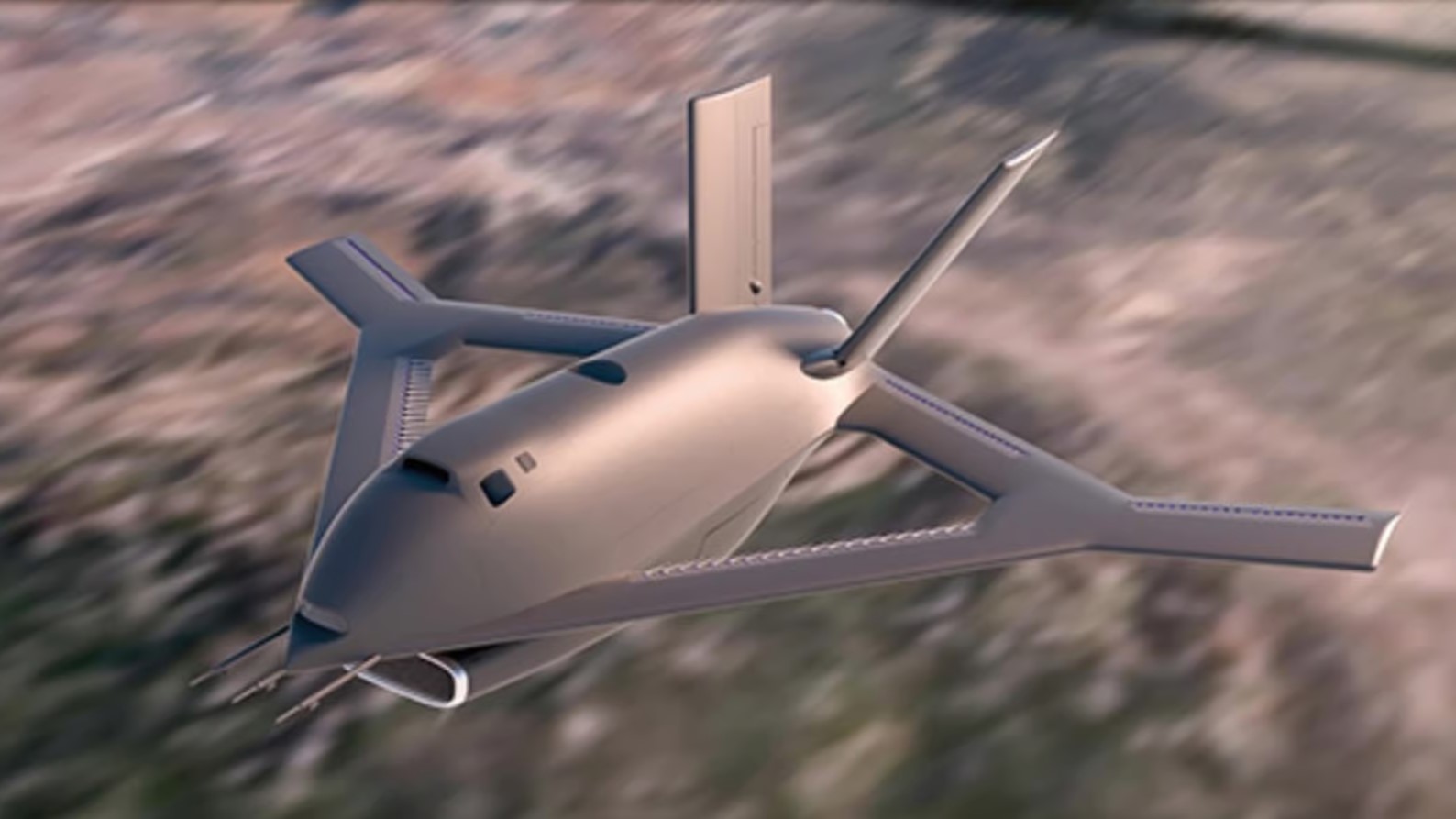
The Defense Advanced Research Projects Agency (DARPA) of the US Department of Defense has signed an agreement with Aurora Flight Sciences to create a prototype of the latest X-65 aircraft, which will become a platform for testing advanced technologies. The new product is based on Active Flow Control (AFC) technology, which uses jet air jets instead of traditional movable aircraft controls.
Passengers flying near the wing must have noticed various mechanisms: valves, flaps, ailerons, and spoilers. These elements, together with the steering mechanisms on the tail, create a complex control system for the aircraft. DARPA aims to simplify this system by using air jet-based AFC actuators to achieve a similar effect. Instead of mechanical elements, the AFC uses nozzles on the wing edges that release compressed air to change the flow around the wing, which allows you to change the roll, pitch, and yaw of the aircraft.
A similar system can be seen at work in the broadcasts of the Falcon 9 rocket landing from SpaceX. The video clearly shows how a rocket stage in free fall uses compressed air nozzles for orientation. This is, of course, because the rocket needs to be controlled somehow in places where there is almost no air, in the upper atmosphere. But this system is also quite effective in the lower layers of our atmosphere.
The X-65 has a unique diamond shape that provides it with increased strength. This aircraft combines both AFC and traditional mechanical control systems. This approach allows us to ensure the safety of the experimental aircraft and collect comparative data between the two control systems. As the tests progress, the mechanical system will be shut down, allowing the AFC to fully control the aircraft.
The X-65 is a part of the DARPA CRANE program, which has a modular design for easy modifications, flies without a crew, weighs about 3,175 kg and has a wingspan of 9 meters. It is expected to reach a speed of about Mach 0.7. These characteristics make it look like a military training aircraft, which will allow for effective use of the data obtained.
Work on the X-65 has already begun, and it is expected to be presented next year, writes New Atlas.
The success of AFC technology can have a significant impact on the aviation industry. Reducing weight and simplifying systems will allow engineers to produce lighter and stronger aircraft. Perhaps in the future, this technology will be applied not only to the wings, but also to the entire aircraft, creating an “air shell” that will reduce air resistance.
Dr. Richard Wlezien of DARPA spoke enthusiastically about the project: “It’s exciting to say that we are building the AFC X-plane. I joined DARPA in 1999 to work on the Micro Adaptive Flow Control project, which laid the foundation for understanding fluid dynamics, which influenced the development of CRANE. To return to DARPA and see these ideas realized in a full-scale aircraft is an opportunity of a lifetime. Aeronautical engineers live for the moment when their designs take to the skies.”

